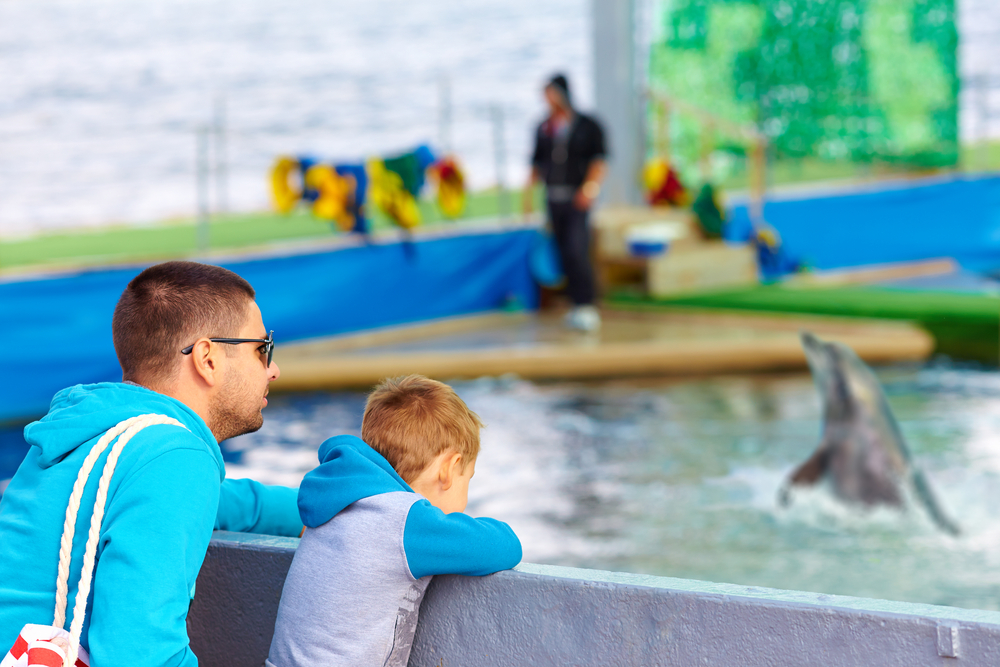Discover Captivating Animal Shows for kids! Engage young minds with wildlife, conservation, and fun educational experiences through live events and TV programs.
Table of Contents
Captivating Animal Shows: An Educational Experience for Kids
Animal shows provide a unique blend of entertainment and education for children. They captivate young audiences while teaching valuable life lessons. These shows often feature live demonstrations, engaging storytelling, and interactive sessions. Kids can learn about wildlife, conservation, and the roles animals play in ecosystems. Let’s delve into various types of animal shows kids might encounter.
Zoos and Wildlife Parks
Many zoos host daily animal shows to educate visitors about their inhabitants. These shows are often designed around specific themes. Birds of prey, marine creatures, and exotic mammals often take center stage. Handlers and trainers discuss the animals’ natural habitats, diets, and behaviors. Kids gain a deeper understanding of biodiversity and the importance of conserving natural habitats.
- Birds of Prey: These shows might include eagles, falcons, or owls. Trainers demonstrate their hunting techniques and flight patterns while ensuring safety.
- Marine Creatures: Aquatic animal shows often feature dolphins, seals, and sometimes even sharks. Trainers emphasize the communication skills and intelligence of these creatures.
- Exotic Mammals: Shows with big cats, elephants, or primates spotlight conservation efforts and the challenges these species face in the wild.
Animal Sanctuaries
Animal sanctuaries offer a different perspective. These places rescue and rehabilitate injured or abandoned animals. The focus is on education and awareness. Shows at sanctuaries highlight individual animal stories, aiming to foster empathy and inspire action. Kids learn the difference between zoos and sanctuaries and why some animals cannot return to the wild.
- Rescue Stories: Each animal has a history. These stories can be powerful tools for teaching compassion and responsibility.
- Rehabilitation Success: Some sanctuaries demonstrate rehabilitated animals relearning skills. Shows might include birds relearning to fly or mammals adapting to prosthetics.
Educational TV Shows
Television remains a familiar medium for children’s animal shows. Iconic programs like The Crocodile Hunter or Wild Kratts combine adventure with factual content. These shows are accessible to a wide audience and often inspire interest in wildlife biology and conservation careers. Eco-friendly tips and quizzes are frequently incorporated to reinforce learning.
- Live-Action Programs: Offers real-life animal encounters. Children meet zoologists and conservationists who work with wildlife daily.
- Animated Series: Animate adventures with educational components. These shows balance fun with lessons on ecology and biodiversity.
Interactive Exhibits and Workshops
Interactive experiences are often the most engaging. Many museums and science centers offer hands-on animal exhibits. These workshops may include touch tanks with sea stars and urchins or bug workshops featuring live insect observation. Kids not only see but also interact, fostering a critical connection with nature. Supervised by experts, these experiences ensure child safety while maximizing educational value.
- Touch Tanks: Allow children to touch marine animals under supervision. Facilitates direct engagement with ocean life.
- Insect Workshops: Kids learn about insects by observing live specimens. Classes may include sessions on building insect habitats or learning about pollination.
Virtual Animal Experiences
Digital platforms have expanded access to wildlife experiences. Zoos and organizations now offer live streams and virtual tours. Virtual reality (VR) experiences take children on immersive journeys to rainforests or deep seas. This is especially beneficial for kids unable to travel. Engaging experts and interactive content keep these sessions lively and educational.
- Live Streaming: Kids watch live feeds of animal antics. Enhances real-time learning opportunities.
- Virtual Reality Tours: Children explore different ecosystems virtually. Offers a 360-degree learning experience without leaving home.
Animal-Themed Theatre and Storytelling
Live theatre and storytelling bring animals to life in magical settings. Puppet shows or live stage plays often convey lessons about friendship, bravery, or environmental stewardship. Characters might include anthropomorphic animals addressing relatable themes. These presentations engage young audiences through creativity and imagination.
- Puppet Shows: Use hand-crafted puppets to depict animal stories. Emphasizes visual storytelling and character development.
- Live Plays: Incorporate live actors and sometimes real animals. Commonly feature stories that highlight human-animal relationships.
Student-Driven Animal Shows
Schools and local communities sometimes organize their own animal events. Science fairs or Earth Day celebrations may include student presentations about local fauna. Encouraging kids to research and present fosters public speaking skills and confidence. Collaboration with local wildlife experts or organizations can enhance these learning experiences.
- Classroom Presentations: Students research and present on a chosen animal. Utilizes skills in research, organization, and public speaking.
- Community Events: Feature local animals and expert talks. Promotes community learning and involvement.
Animal shows for kids offer rich, multifaceted learning opportunities. By exploring diverse formats and settings, children gain respect and understanding for the animal kingdom. As young minds are captivated by the wonder and complexity of wildlife, they foster a connection to the natural world that can inspire future endeavors in conservation and science.

